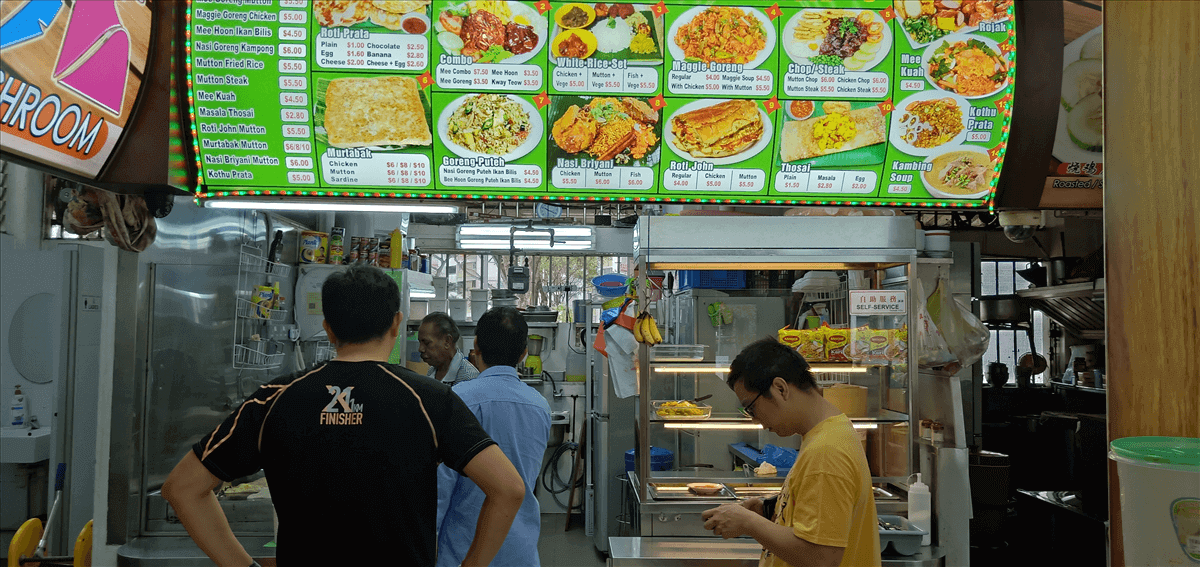Growing up perempuan is a collection of essays on the varied experiences of growing up as a Muslim woman in Singapore, published in 2018 by AWARE. You can get a copy here.
"Navigating Singapore Through the Eyes of an Indian-Muslim Girl" is an essay contributed by Nur Farizah Mohamed Ferdhouse, who recently completed her pre-tertiary education at Innova Junior College.
Her essay was originally published in Growing up perempuan, and an extended version of it is reproduced here:
***
By Nur Farizah Mohamed Ferdhouse
It is a rather sad fact that many in Singapore are unaware that Indians can be Muslims too.
Quite a number of people are confused about “race” and “religion”. They have the misconception that race is synonymous with religion, so if you are an Indian, you have to be a Hindu and if you are a Malay then you must be a Muslim.
They are completely unaware that there are, for example, Chinese who are Hindus and Indians that are Buddhists.
Are we really learning about one another's races & religions?
I am Indian-Muslim, and many people assume that I must be celebrating both Hari Raya and Deepavali.
We are constantly reminded about the importance of living harmoniously with people from the different races and religions, and that we should learn about each other’s racial and religious practices.
We have Racial Harmony Day celebrations every year in school but we don’t really understand what it is all about.
Recently, I showed a friend a video clip of Chinese Muslims in China at Friday prayer. She was astonished. She had no idea that there are Chinese Muslims.
Trying to sound as un-Indian & un-Malay as I could
Being Muslim or Indian-Muslim in Singapore comes with some stereotyping.
There can be the perception that we are not as smart or capable as others. This stereotyping can take place in schools, with teachers treating us differently.
I also realised that Singaporeans tend to think that women who wear the Hijab must be Malay. And since I wear the hijab, many people have mistaken me to be Malay.
I found that when I spoke better English, the teachers treated me better. Hence, I used to spend hours watching American shows and programmes in order to speak better English, that is, without an Indian or a Malay accent.
So I did my best to act and sound as un-Indian and un-Malay as possible. In other words, I was willingly internalising racism.
Differences within the Muslim community
There is another type of discrimination that some of us face — because of the divide between the different sects of Muslims in Singapore.
It is such a pity that although we belong to the same religion, the fact that we do not belong to the same race can become a barrier between us.
Certain mosques, such as Abdul Gafoor Mosque, Masjid Malabar, and Masjid Angullia, are patronised mainly by Indian-Muslims, while the rest are patronised by Malay-Muslims.
I don’t look very Indian so when I go to a mosque, Malay-Muslims speak to me in Malay.
Unfortunately my Malay conversational skills are limited and before long I have to politely explain that I am not Malay. Often they then look at me in disbelief.
There are so many internal issues yet to be solved within our own Muslim community.
I feel that until we acknowledge this, we will not be able to address and find solutions to the bigger challenges that are caused by external factors.
Top photo via stall.sg
If you like what you read, follow us on Facebook, Instagram, Twitter and Telegram to get the latest updates.
